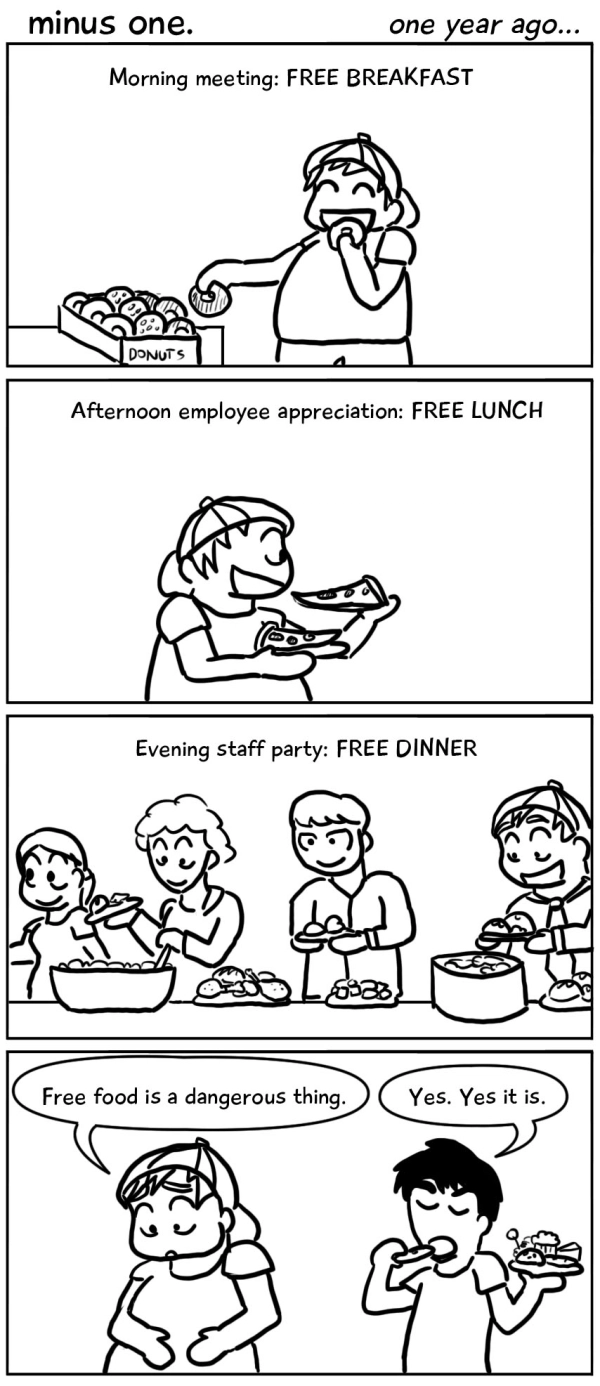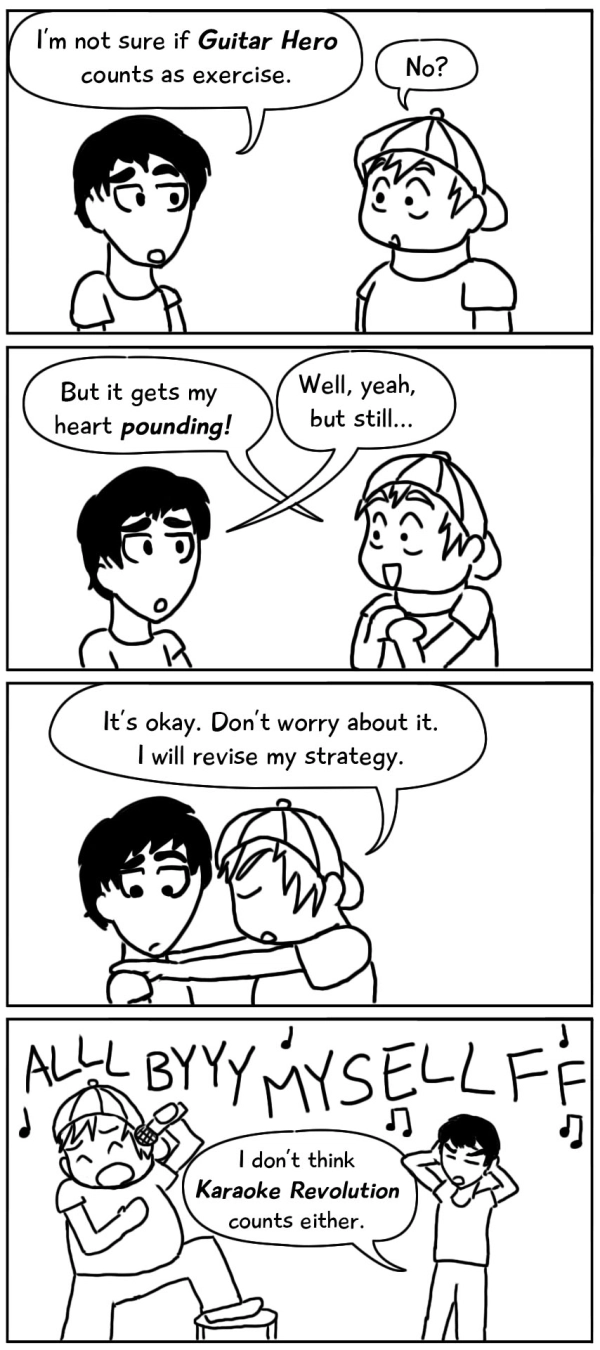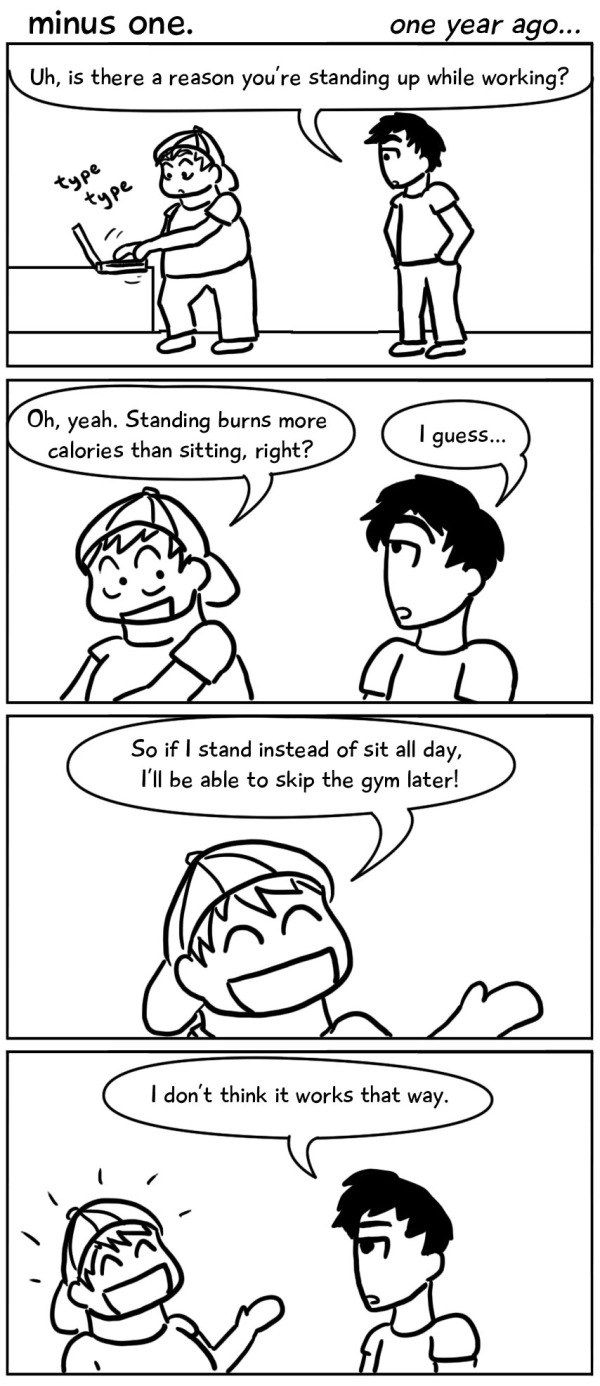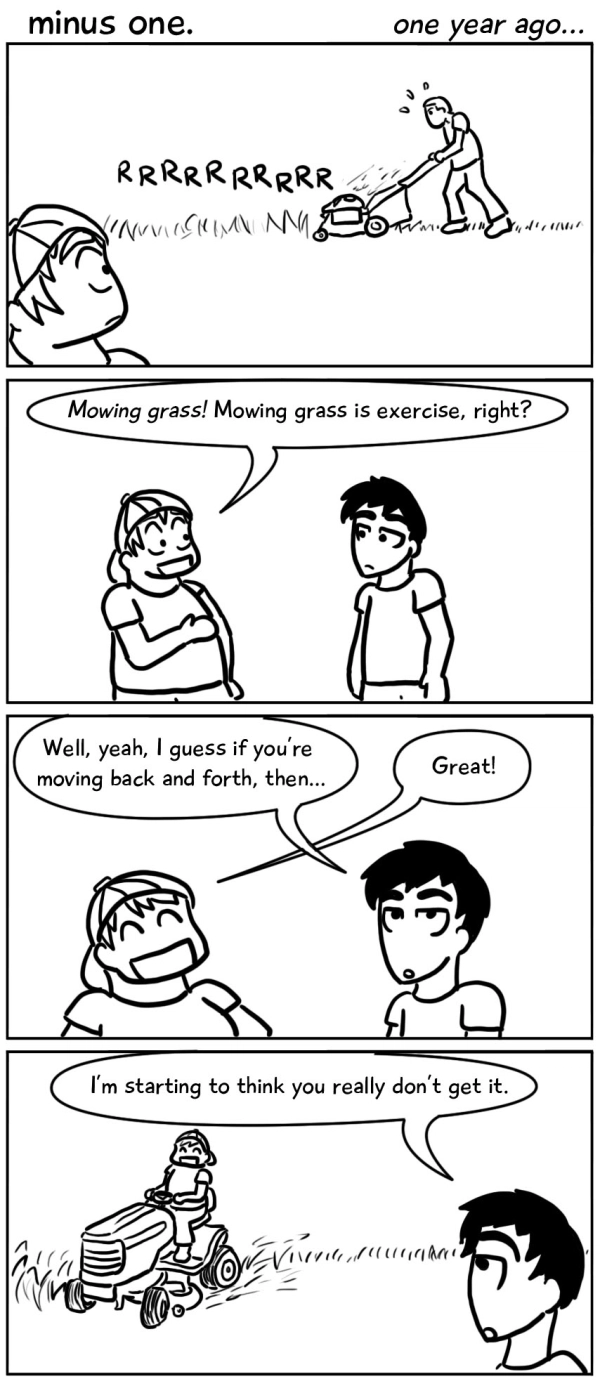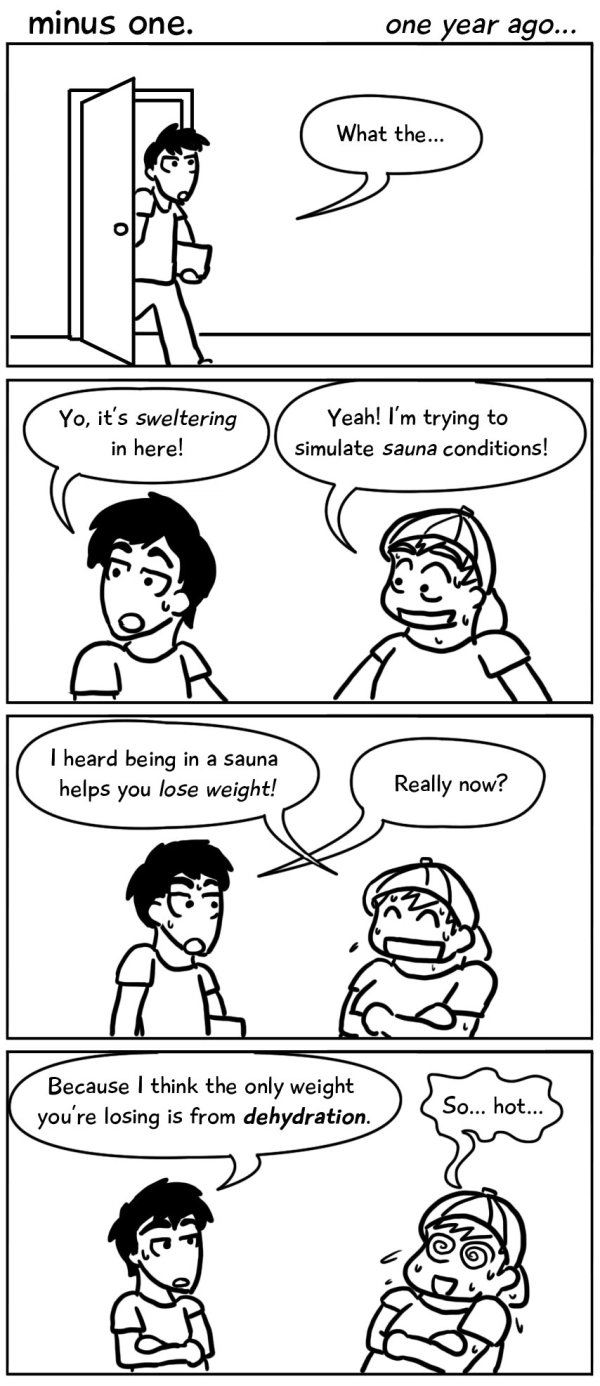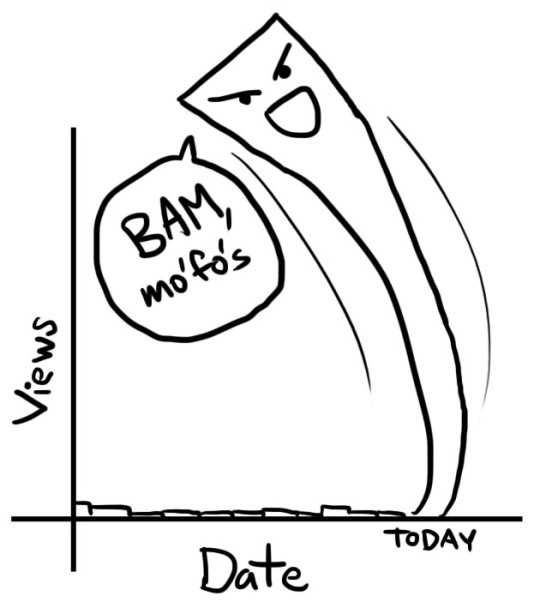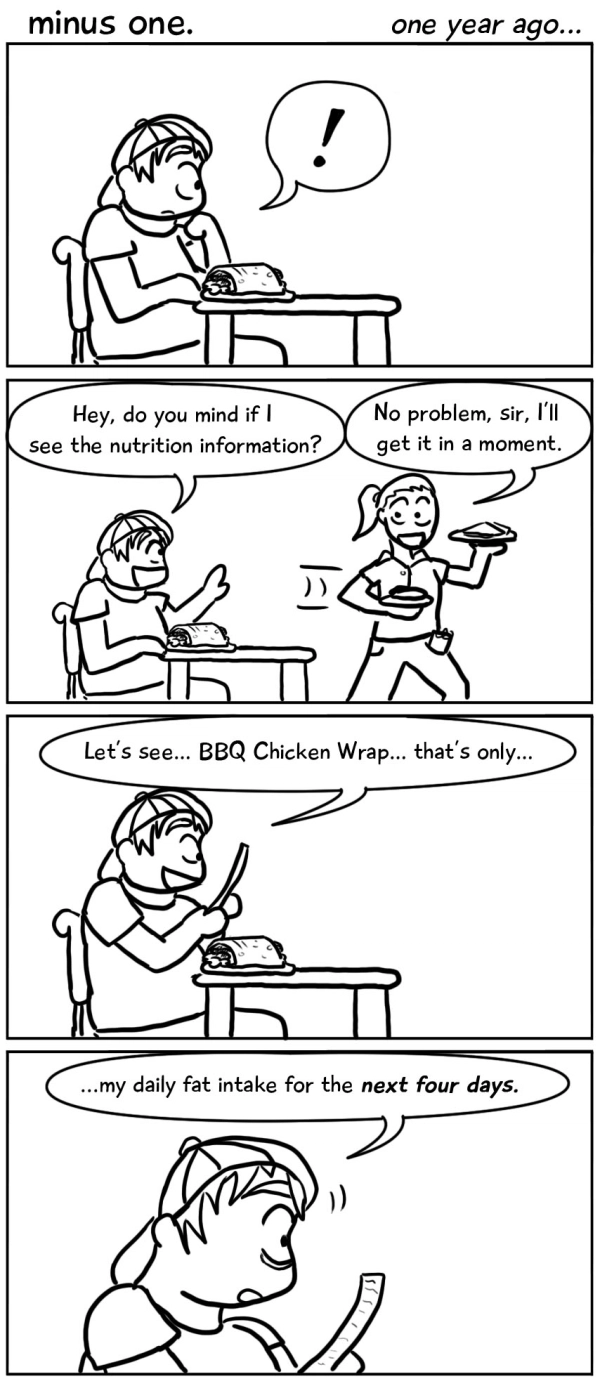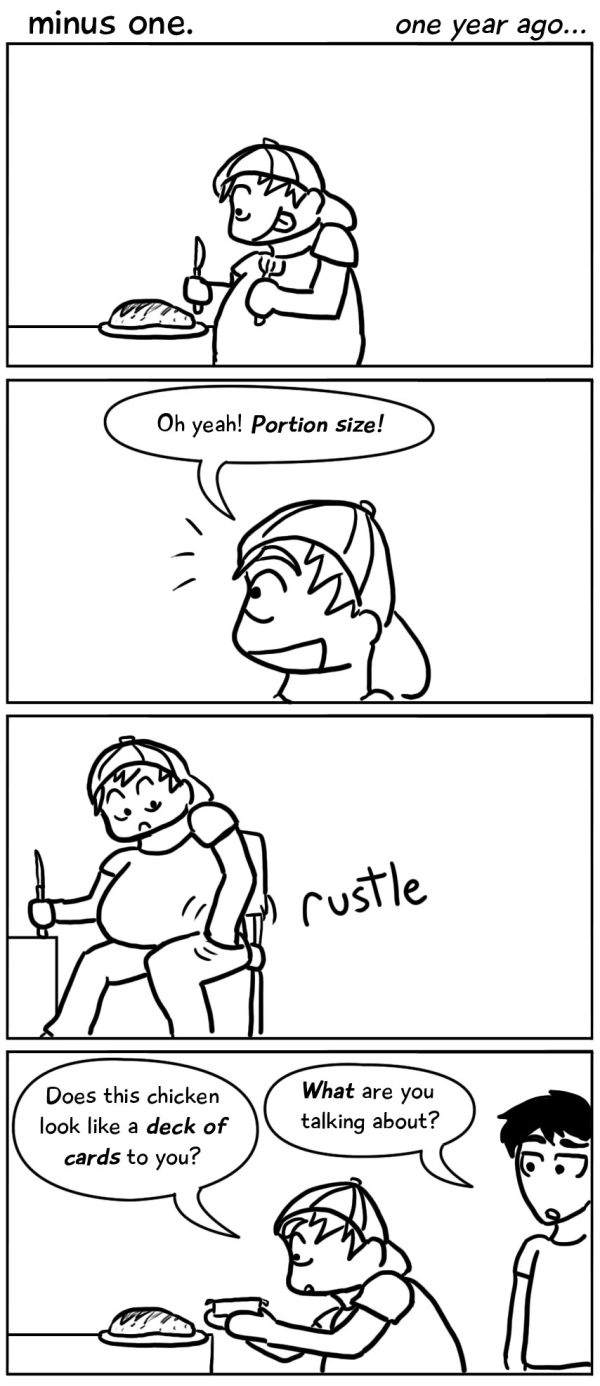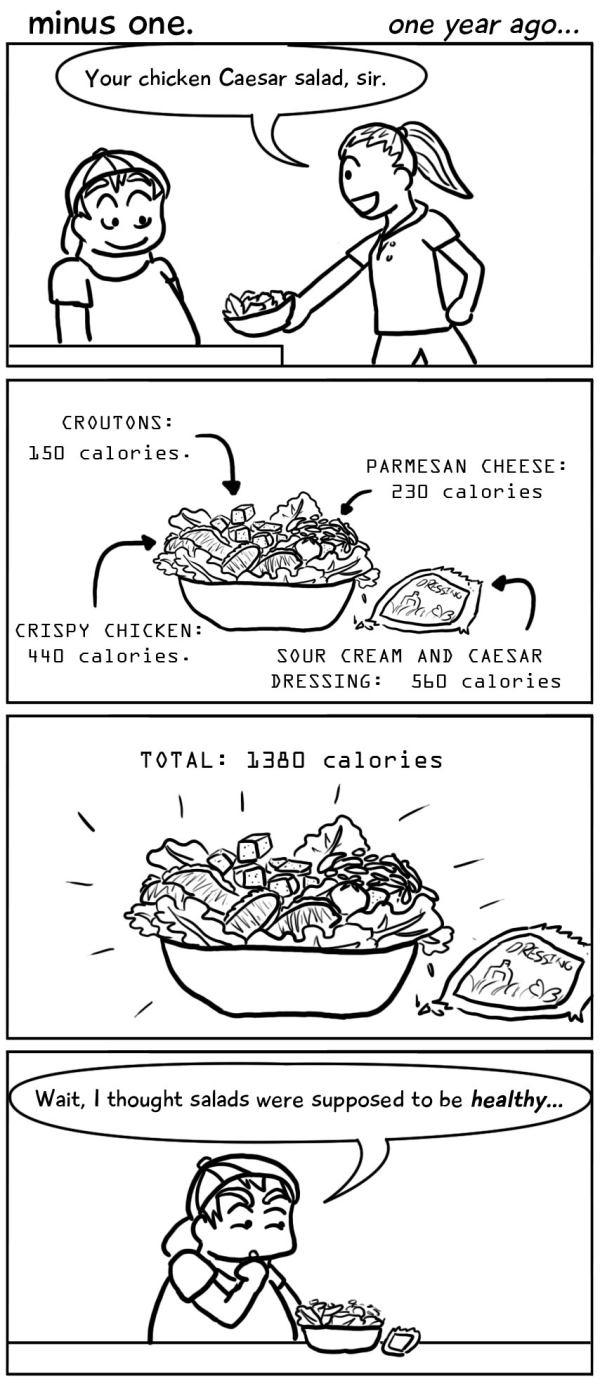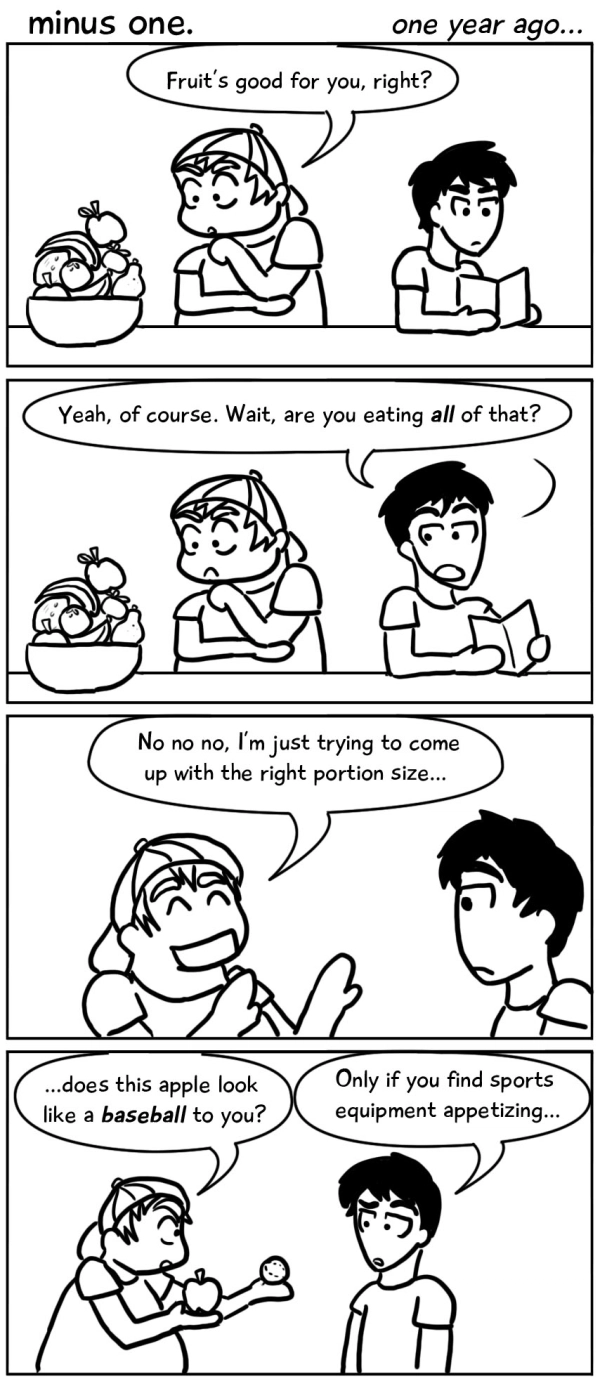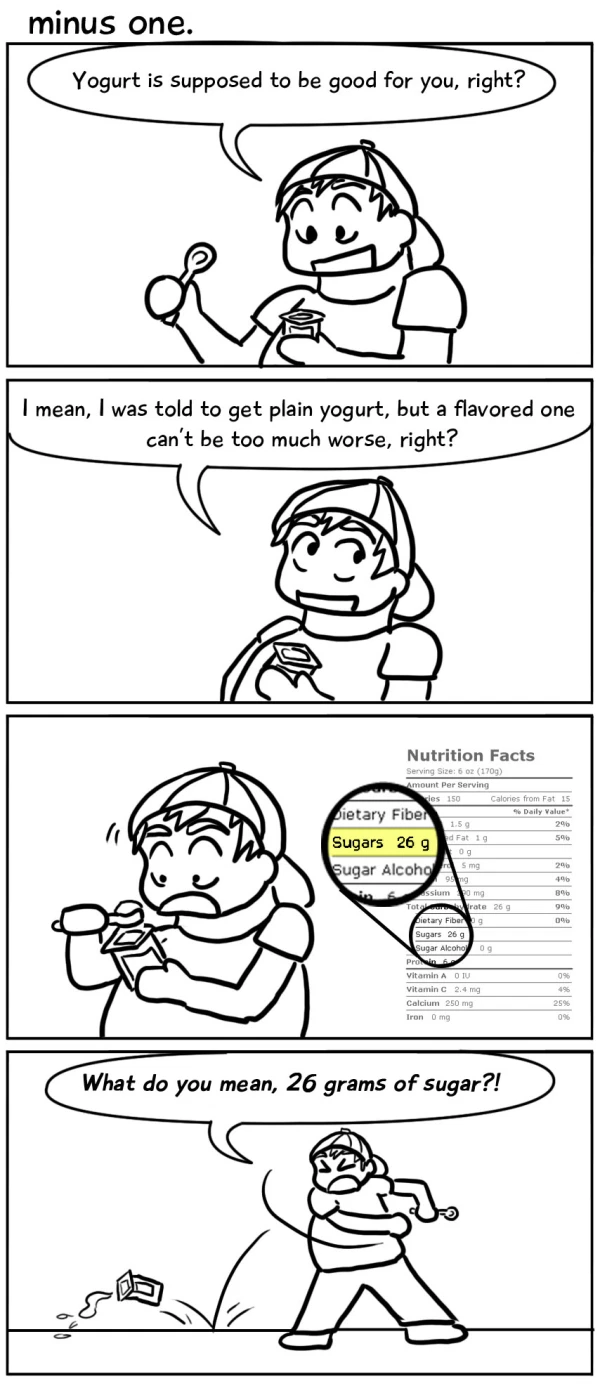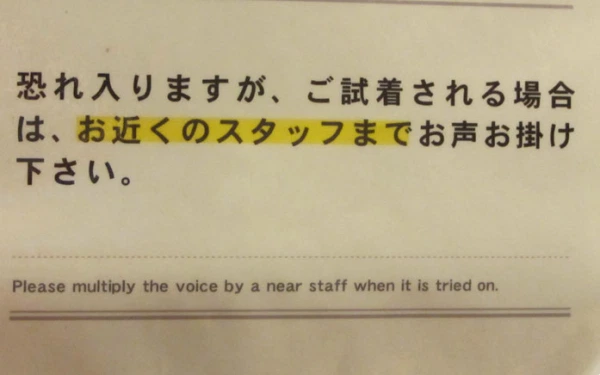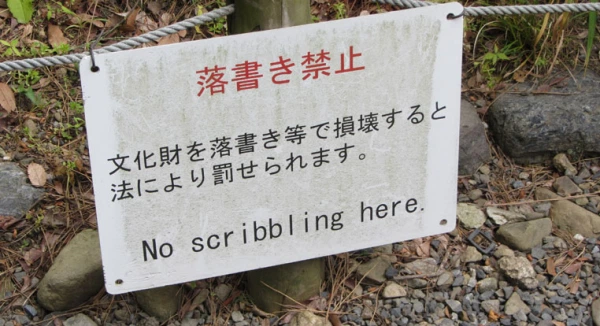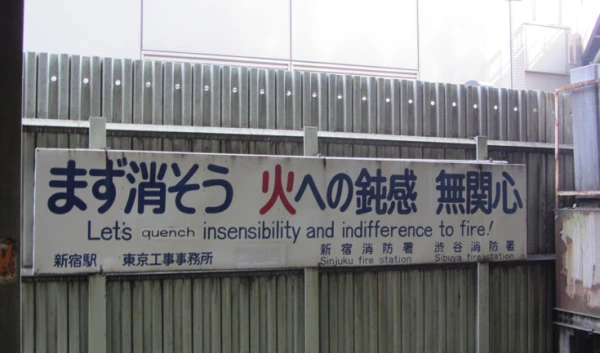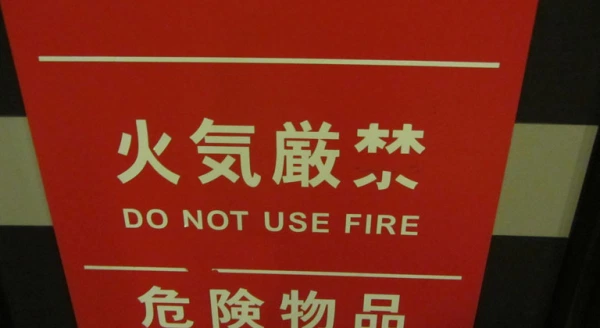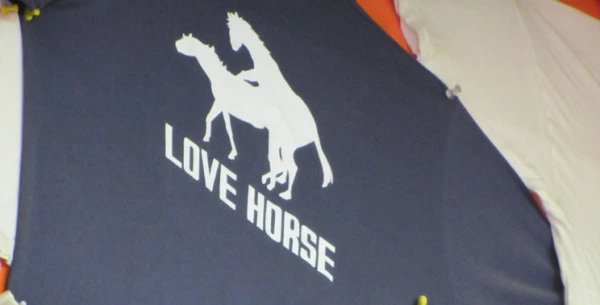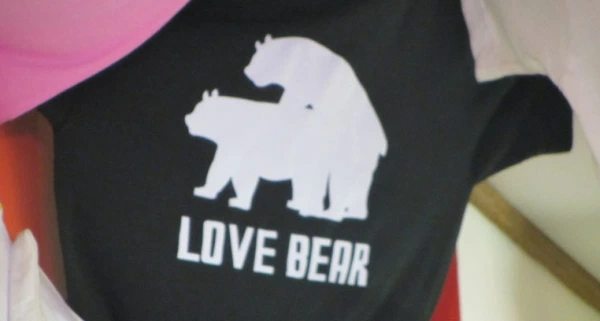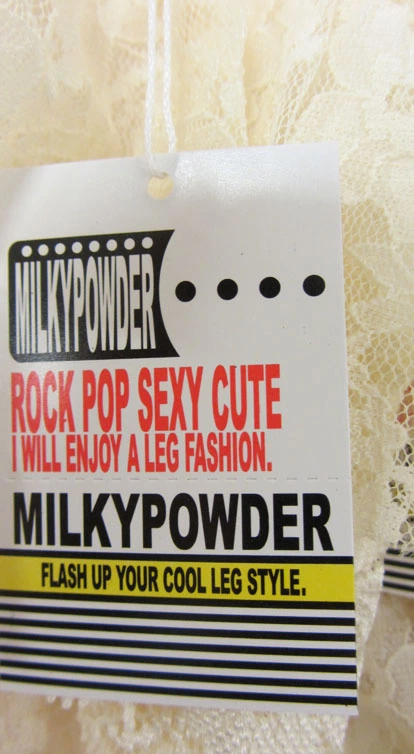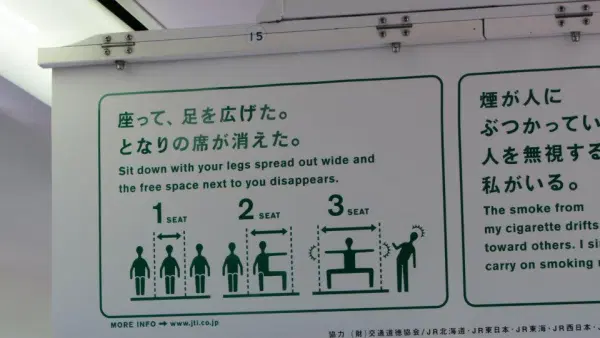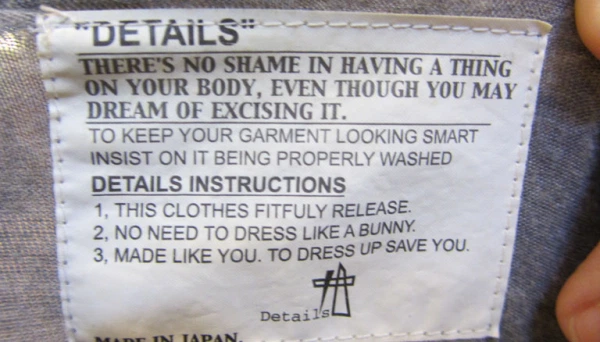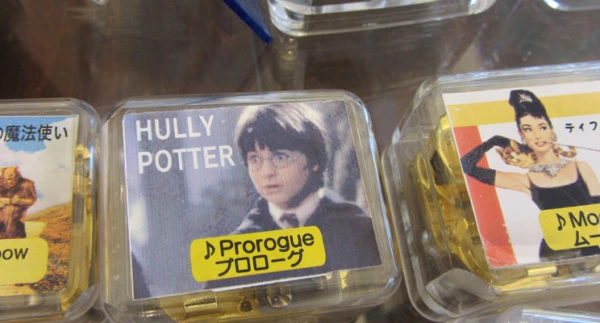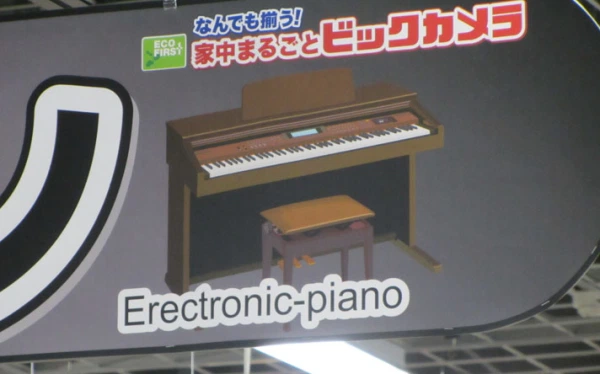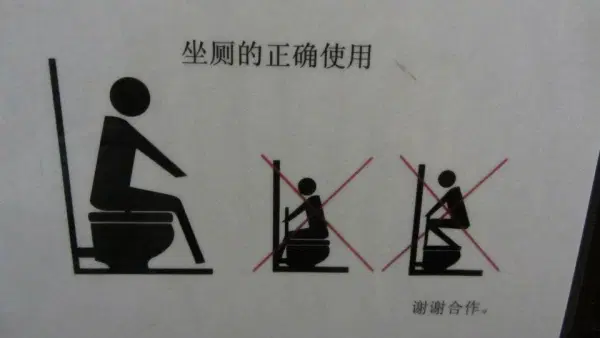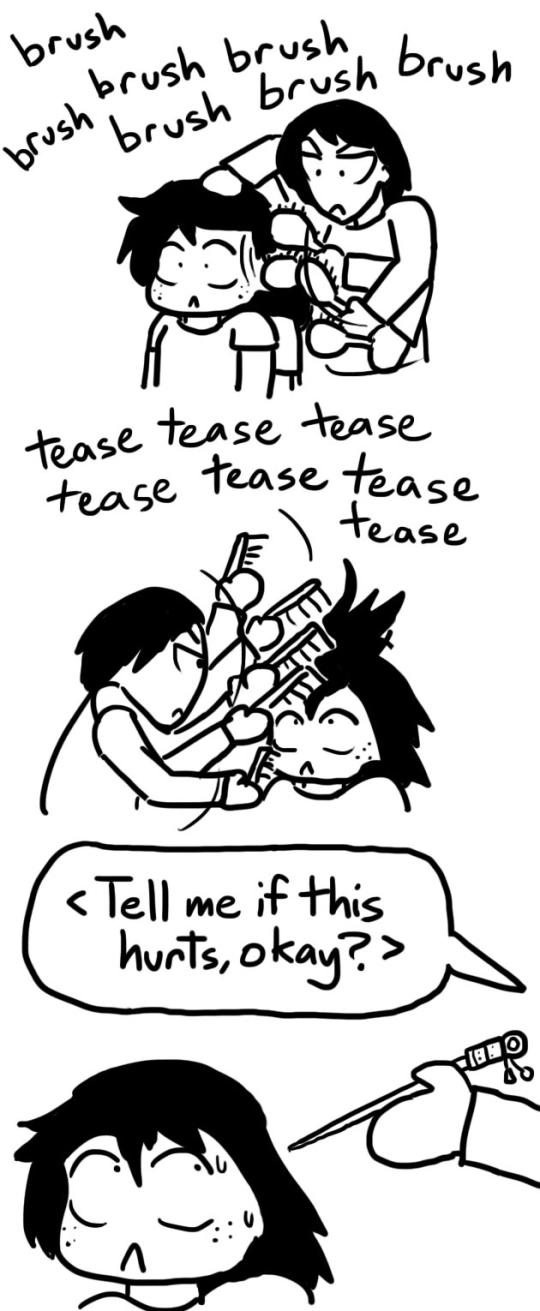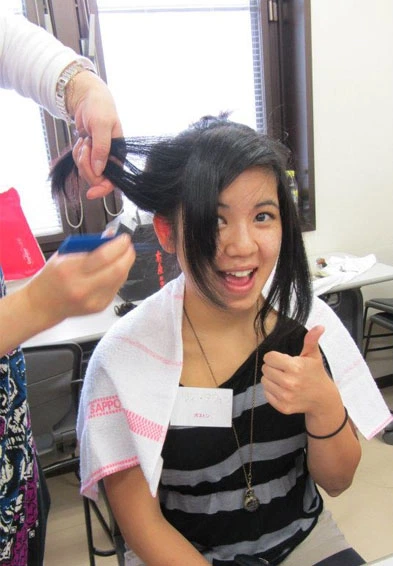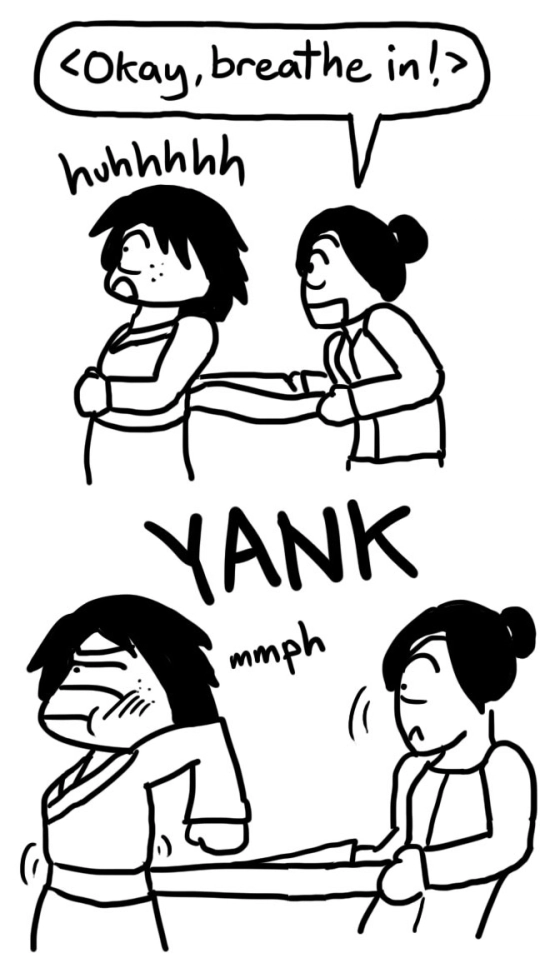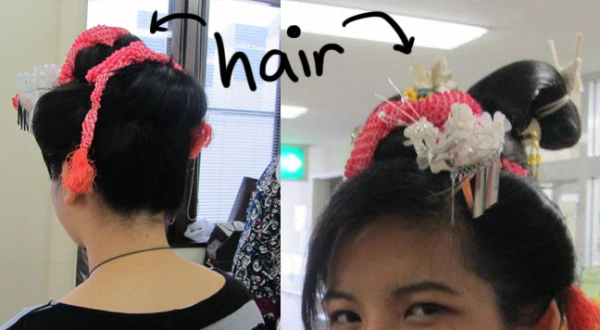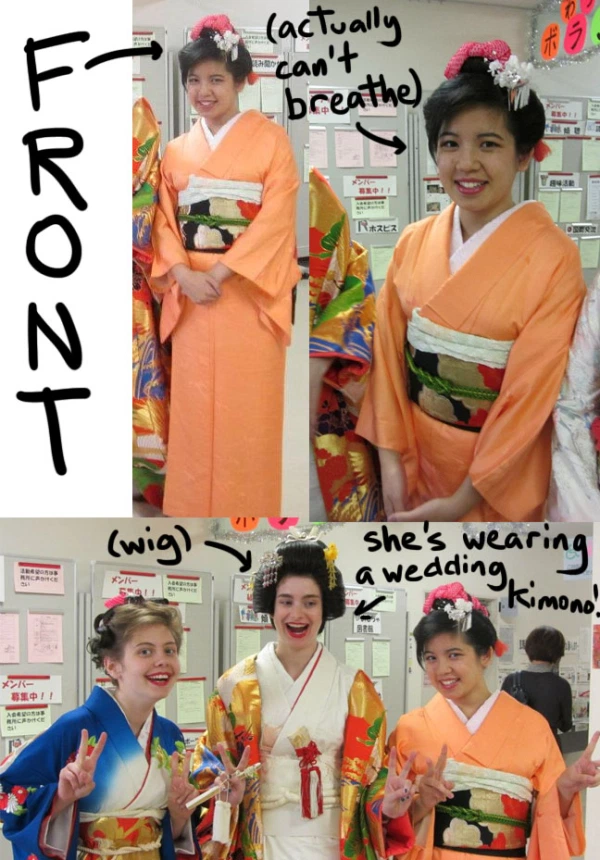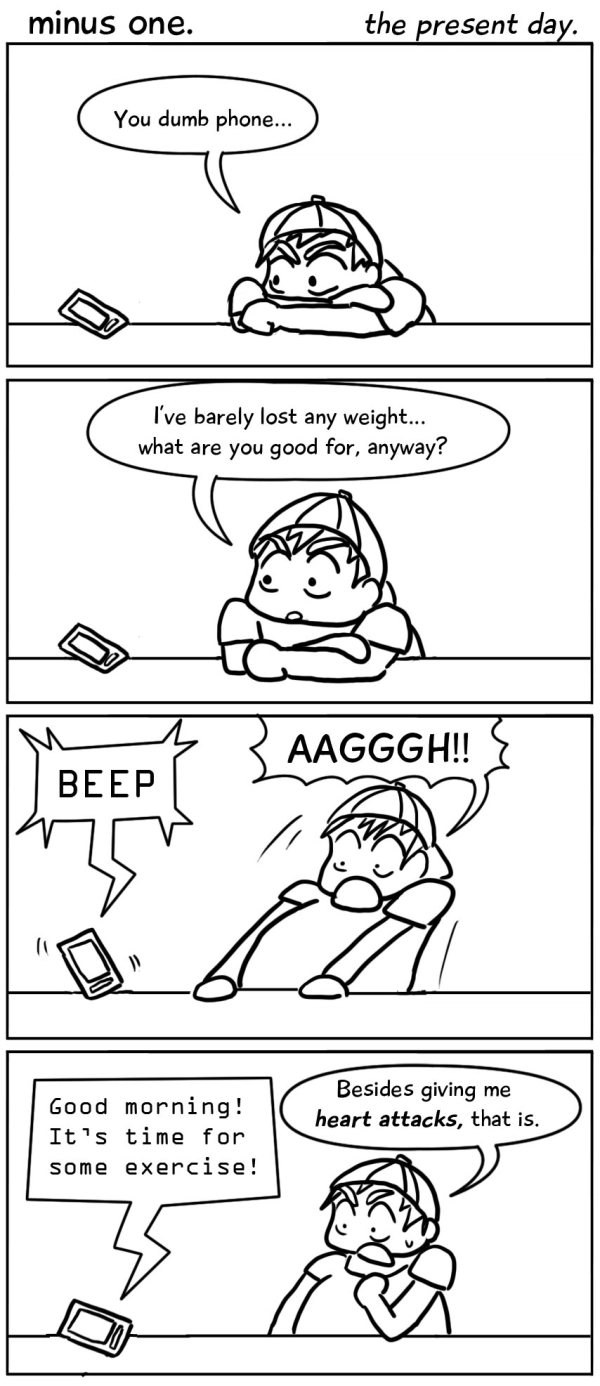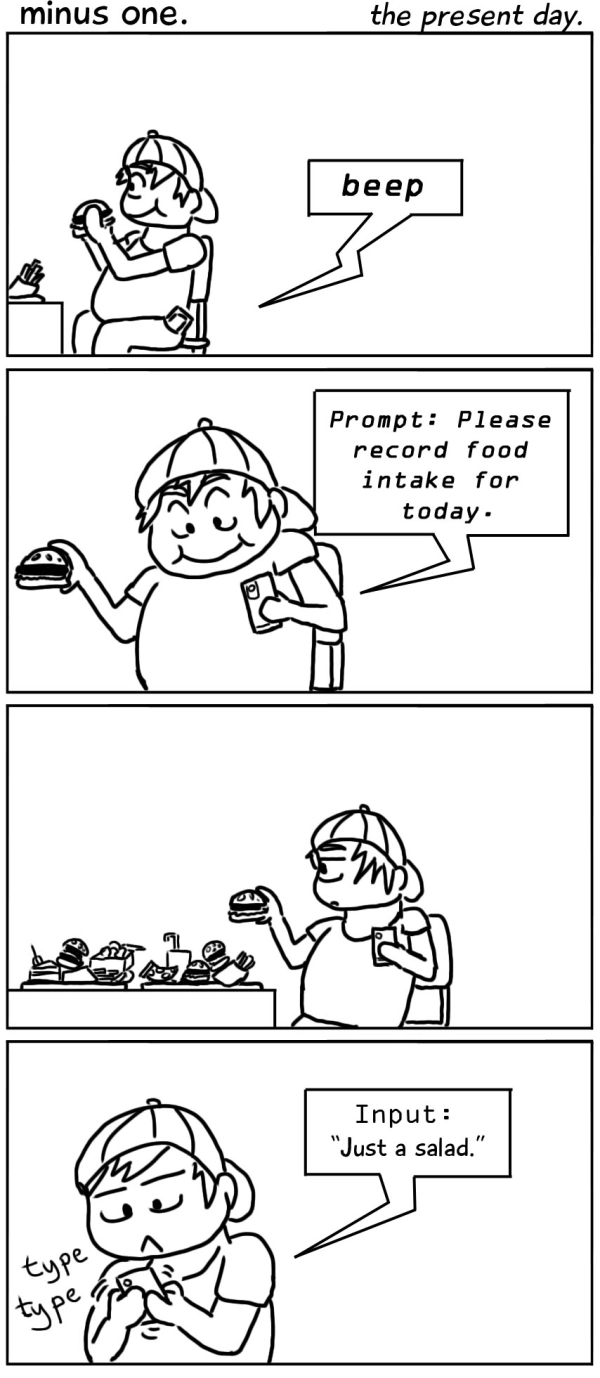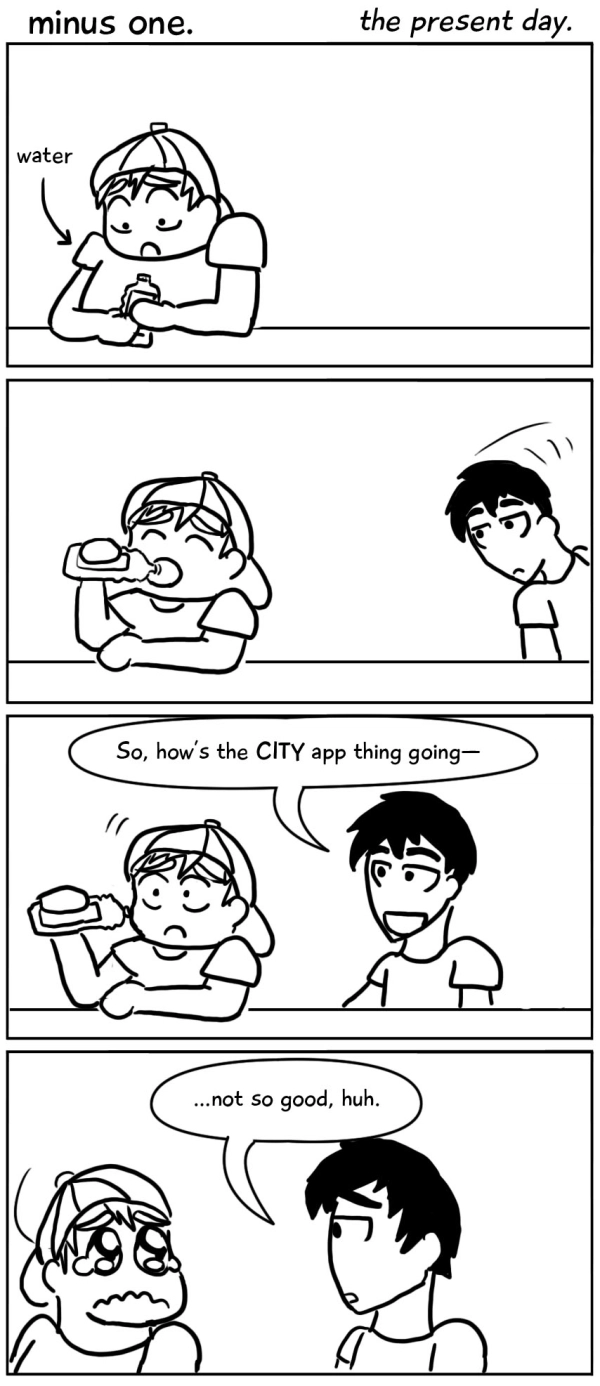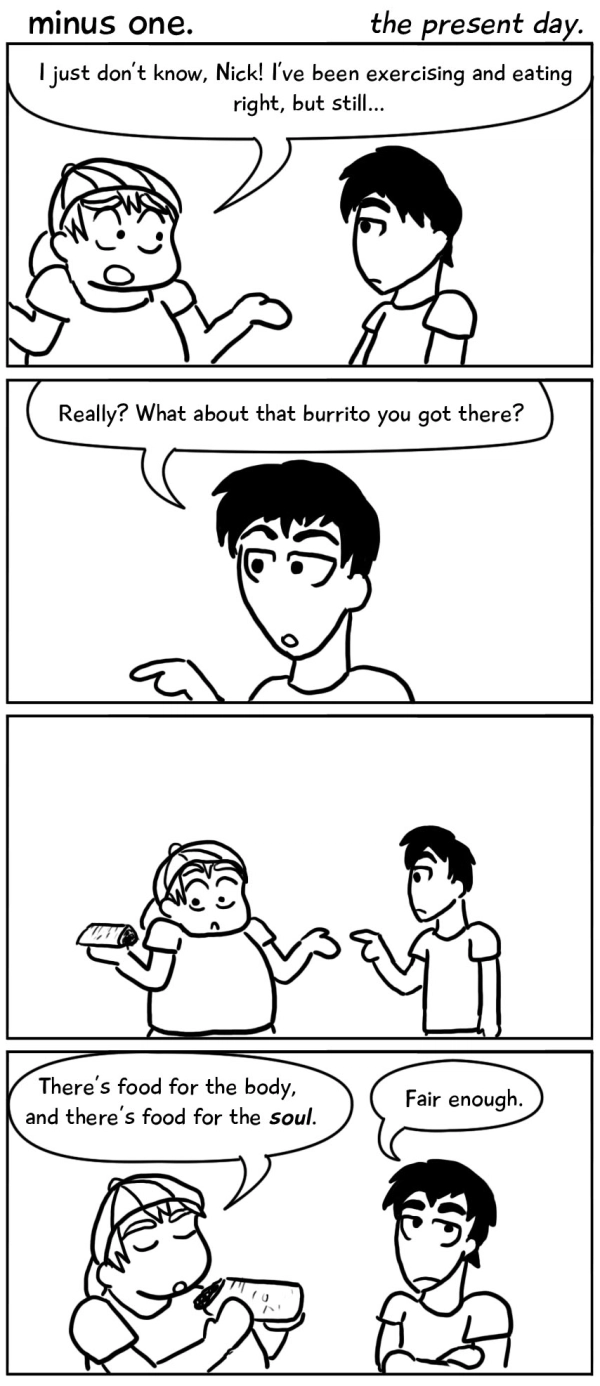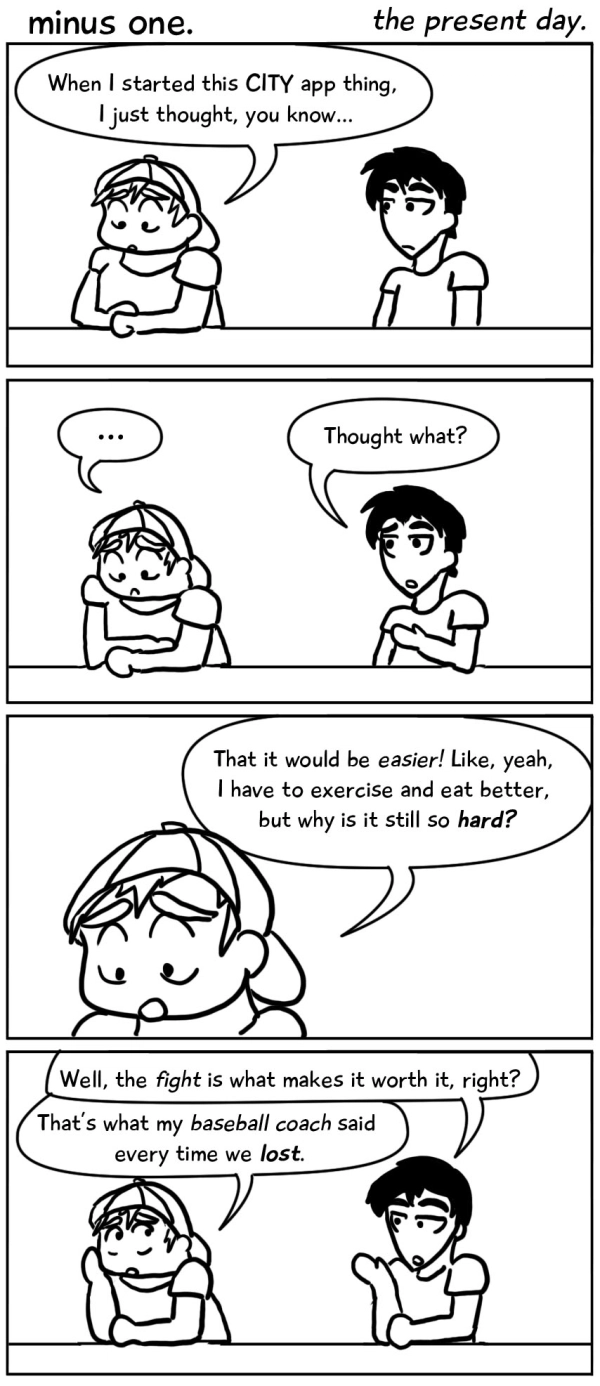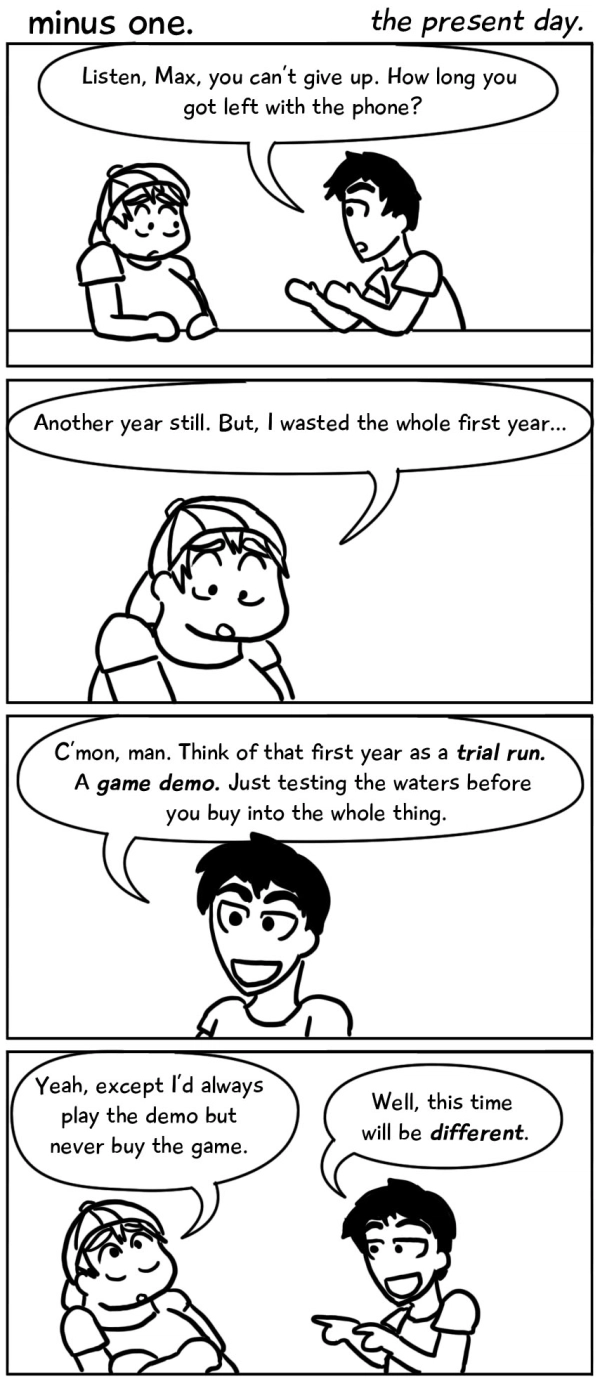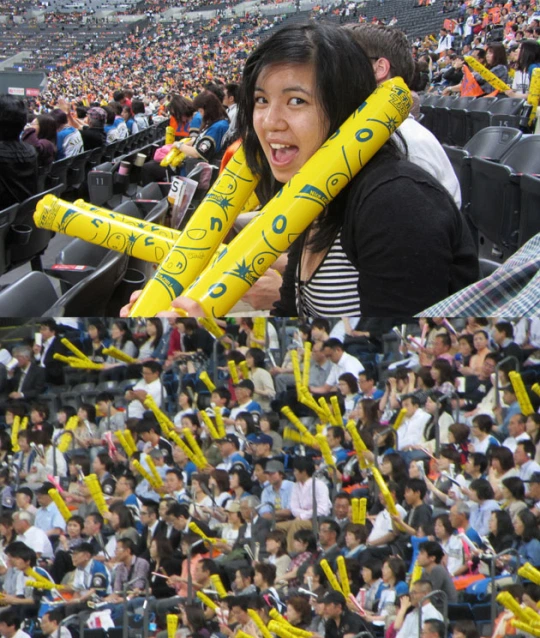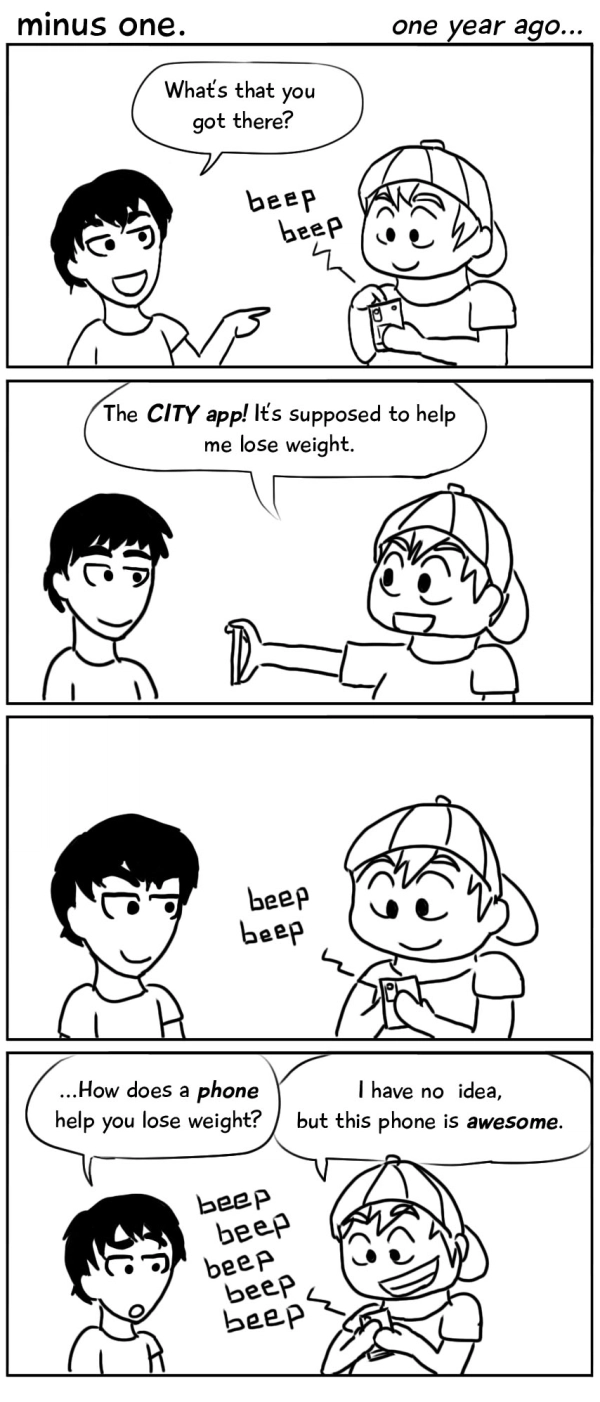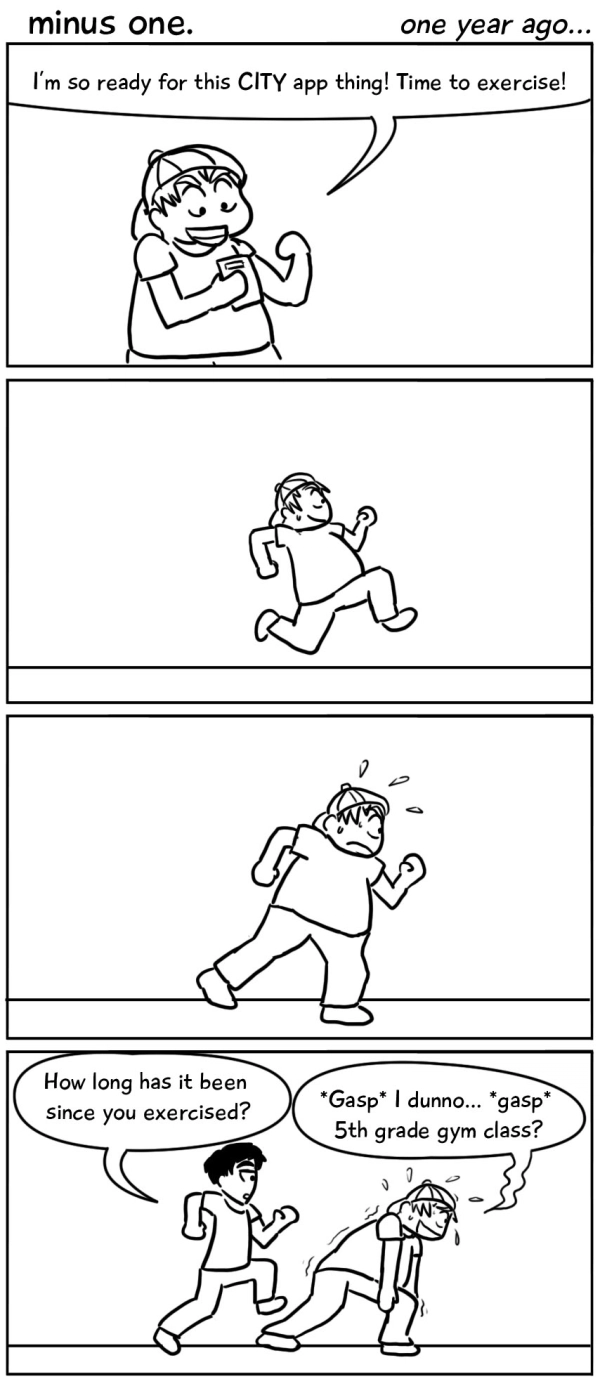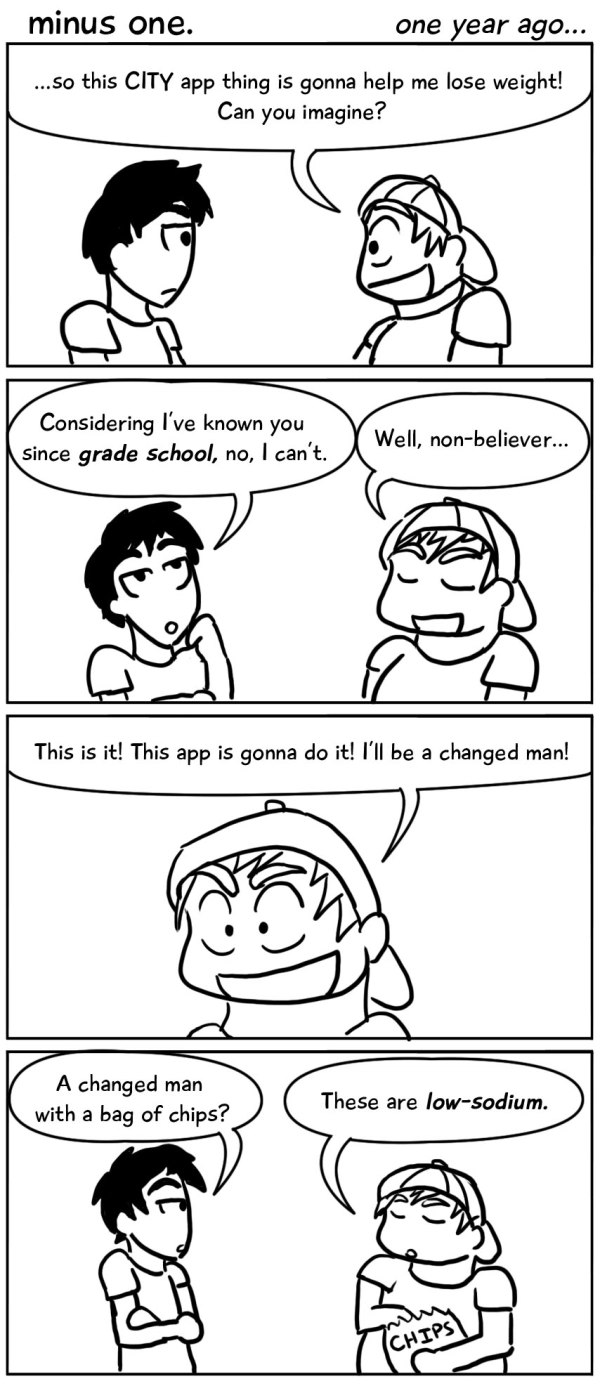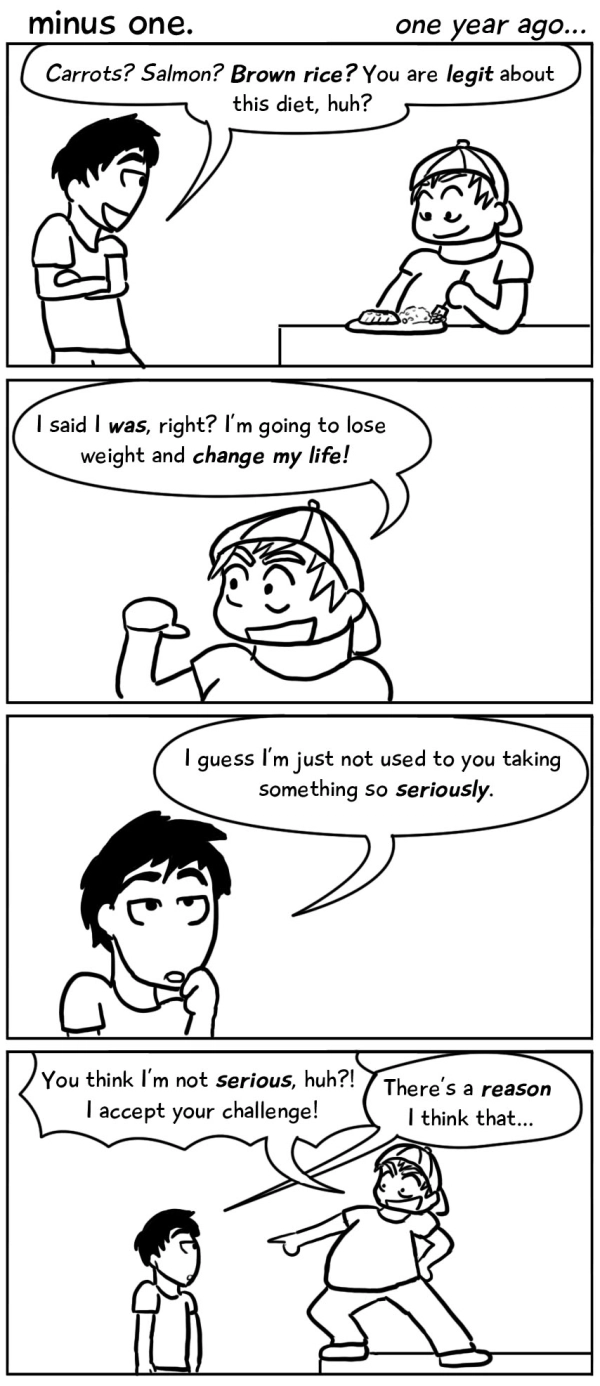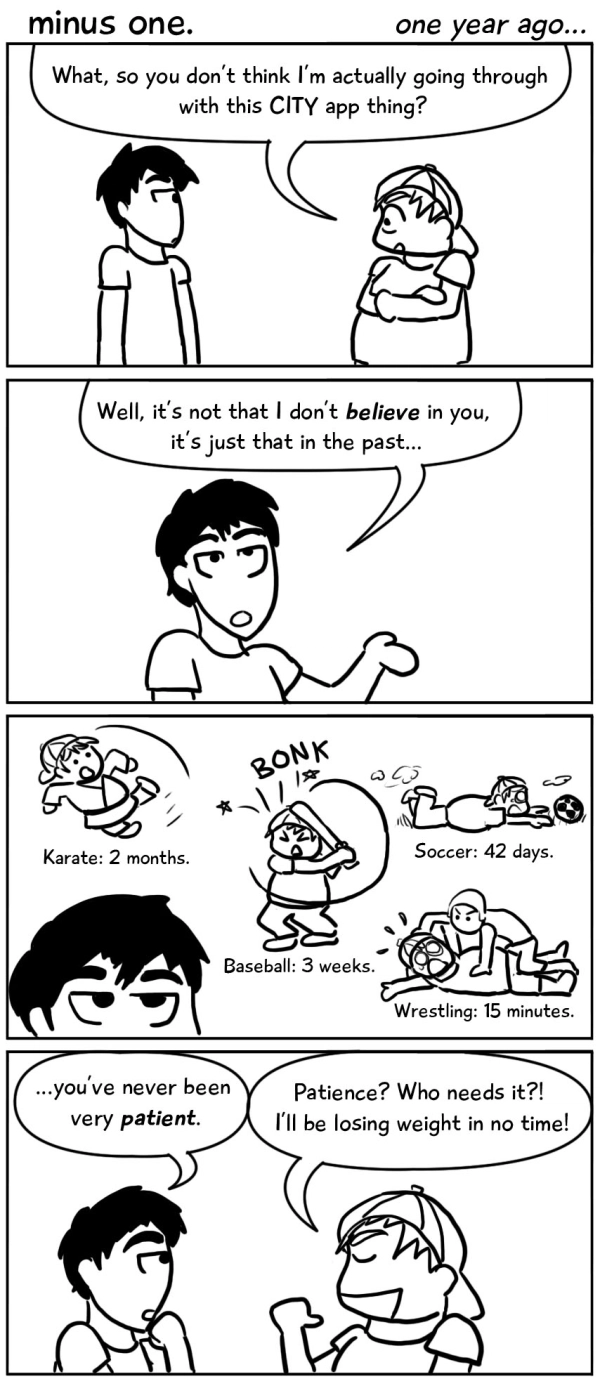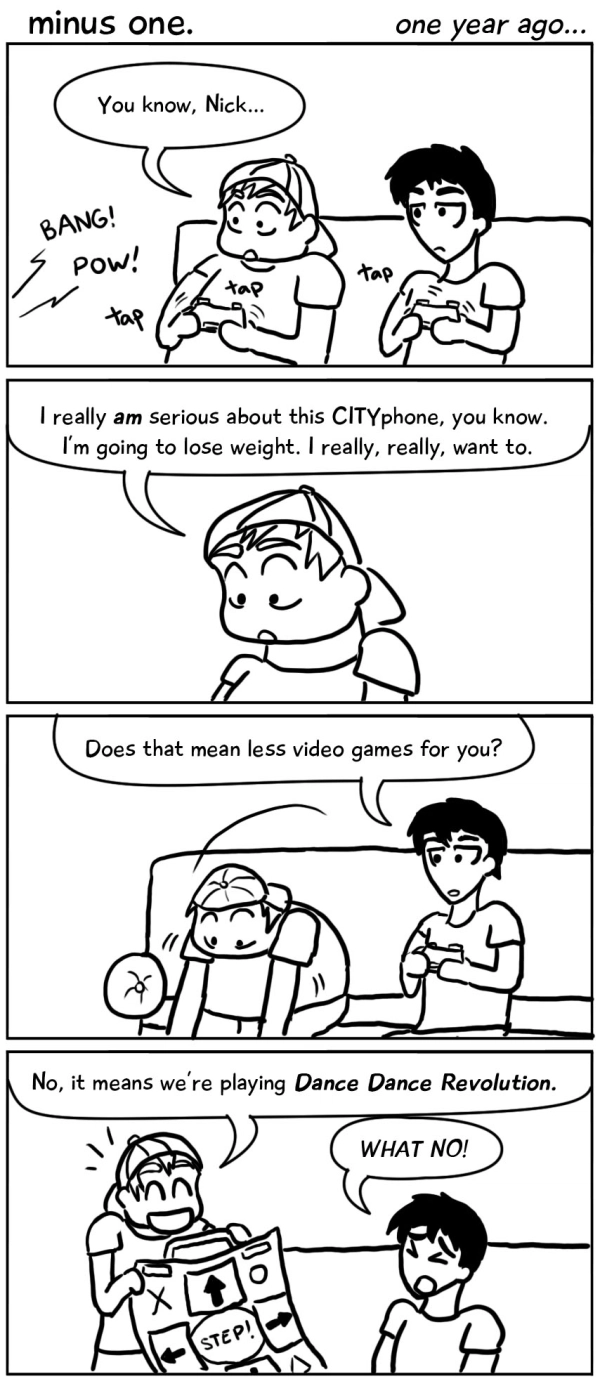Monthly Archives: July 2012
Post-abroad blues for the softcore traveler
For more photos from my Japan trip, check out my tumblr!
I’ve blogged quite a bit about being in Japan—but I’ve neglected to mention what happens when you come home.
Granted, I’ve never been abroad for very long. Six weeks in Germany. Five in Japan. It’s not enough time to get over the “honeymoon” phase of being abroad, to really get integrated into the culture, to be a part of it. I can’t say, then, that I experienced true reverse culture shock—where you feel disoriented in your home country, where you have trouble reconnecting with your old friends, where suddenly it’s harder to live at home than abroad. Regardless, I had a bit of a jolt when I got back from Japan:
It felt a bit weird being back at home, where I wasn’t surrounded by my fellow exchange students 24/7 and we weren’t adventuring across Japan. Instead, I was back in the suburbs. Alone again. Parents out working, sister on co-op, all my friends with summer jobs. I dealt with the sudden change as any healthy college student would:
This wouldn’t do. My mom informed me that it was sales season, so I decided to drive out to the mall.
Also a bad idea.
Perhaps a trip to the convenience store would help.
I actually got over the post-Japan blues pretty quickly, though. I was back with my family. I could see my friends. I missed the group of kids I had traveled with—but I knew that, once I got back to school, I would see them again.
I found it to be a little rougher when I returned from Germany. There, I had lived with the best host family. I had felt welcome there. By the end of six short weeks, I already felt, well, at home. I spent the first week back in the US doing this:
And, at this point, I was going through one of those great transitions in life: going to college. But instead of packing, getting ready, being on top of things, I was just kind of…
I had to attend my college orientation, where I spent the whole weekend going
My sister even called me out on it.
How did I get over it? Well, I suddenly found myself away from home and entrenched in my first year of college, in Boston. It was kind of like being shocked out of culture shock with another culture shock. And classes. And a great deal of homework.
So my journeys into “reverse culture shock” were minor, at best. I still want to return to Germany—and Japan—but I experienced no great surprises, no great upheavals. I still enjoy living in America; if anything, I can appreciate it more. Still, I was surprised at just how down I became after returning from such short trips overseas.
The best way to deal with the post-abroad blues? You just gotta look on the bright side, really! Which is something I’ve always had trouble with—but with all this blogging about Japan, it’s something I’ve got to do.
With love, to my readers
So I woke up the other day and looked at my WordPress:
To be more specific, I was looking at the pageview counter of this blog. Usually it looks like this:
But this day, it looked like this:
What was going on? I opened up an analysis of my blog’s pageviews, and realized:
Genau. I recently wrote a post about the popularity of One Piece in Japan, and it somehow managed to get couple thousand views in one day. For scale, I’m lucky to get a couple dozen views in one day. So I was just kinda like
I ran off and told my sister, somewhat bewilderedly. She told me
To which I responded
Because even if people find my blog once, because they liked one specific thing—One Piece—it doesn’t mean they’re going to come back and read it again. This whole thing got me thinking. At the beginning, I was all like
But, more and more, I’ve realized that’s not so important. I like blogging—I like being able to write whatever I want, to exercise the creative muscles, to draw crappy comics and get away with it. What I’ve come to like the most about blogging, however, are the people. Every time somebody likes a post, or sends me a comment, or a message, or tells me that they’ve enjoyed my comics, well, I just get all like
So I just wanted to say—thanks. Thank you to the readers who have been with me from the beginning, to those who jumped in at the middle, and to those who just found this blog—welcome! I’m Vy. Nice to meet you. To everyone who has reached out and sent me messages and comments—thank you. And to those who just read and run—thank you.
I know having only a couple dozen readers is small beans in the vast, vast world of the internet. But knowing that there are those people– people out there who actually enjoy what I have to say—well, the feeling is incomparable.
(Alright, I’m done with the cheesiness. Just had to get that out there.)
Also, just a heads up—I’m actually romping ‘round NYC and Boston with my host sister/real sister this week, and then Acadia National Park the week after! There’ll be new posts this Thursday and Saturday. Thanks again!
Minus One. (#22-28)
F#ck yeah, more Engrish
For more photos from my Japan trip, check out my tumblr!
I know I posted Engrish earlier— but those were only from what I found in Tokyo. I hadn’t even been to Kyoto and Sapporo. So, now that my trip is over, and my Engrish collection is complete, here goes!
The best of the poorly translated English I found:
Please multiply the voice by a near staff when it is tried on:
Getting in an adult mood:
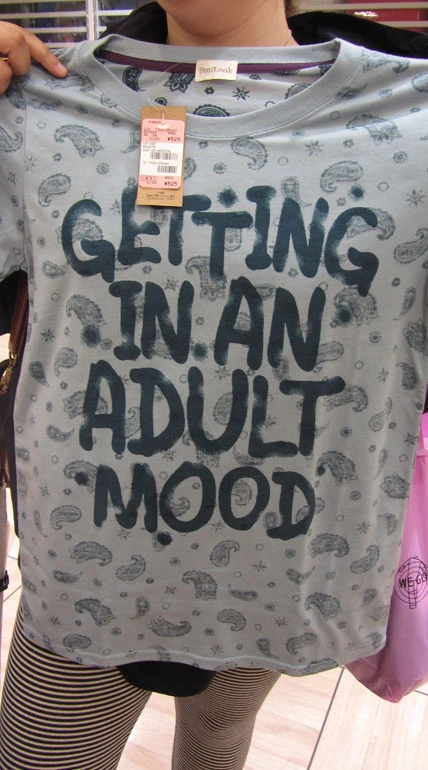
There were actually a bunch of various shirts containing the phrase “getting in an adult mood.” Is it, like, a thing?
No scribbling here:
Let’s quench insensibility and indifference to fire!
Do not use fire:
Just to reemphasize. No fire!
Love horse:
Love bear:
Because one wasn’t enough.
Mow: Back Style:
Two wasn’t enough either.
I will enjoy a leg fashion:
(Flash up your cool leg style!)
On Broadway:
Sit down with your legs spread out wide:
Along those lines, here’s another friendly PSA from Japan:
If it were anything but a cigarette, it would surely be crying:
There’s no shame in having a thing on your body, even though you may dream of excising it:
Hully Potter’s Prorogue:
And my personal favorite:
Erectonic-piano:
Just because y’all are so nice, I’m going to throw in a bonus image. There’s no Engrish on it, mind you– nor is there even English— but I thought it was worth a shout-out.
How to use a Western toilet:
Just for those who didn’t know.
Breathing is irrelevant in a Japanese kimono
More photos from my Japan trip can be viewed at my tumblr!
While we were in Sapporo, our sensei took us to an event where we were allowed to try on the traditional Japanese dress, the kimono. We could get also our hair styled, our makeup done—the whole nine yards, so to speak.
Now, I had always wanted to try on a Japanese kimono. I was even considering buying one in Japan. I had always admired how elegant and pretty they are.
This event changed my mind.
It’s not that the kimono weren’t gorgeous. It’s just that wearing them is complicated. First, I got my hair done—not by one of the younger stylists, but one who looked as though she was in her 50’s or so. And man, did she go at it.
It was all pins, clips, and a giant clump of something that she stuck in my hair. To give it volume, apparently. Basically I had no idea what she was doing.
After getting my hair twisted around for a half hour or so, I was ready to get dressed. Kimono, as we discovered, are very difficult to put on by yourself if you don’t know how. Instead, we all stood around and had ladies dress us. Some kids had two people dressing them at the same time. I, however, had only one:
There’s more to a kimono than just the pretty outer dress. There’s the additional hadajuban and koshimaki worn underneath. There’s the accessories. There’s the flip-flop friendly tabi socks with the geta sandals to match. The most complicated part, however, is the sash known as the obi. The obi can be tied in a variety of styles, varying in complexity and design.
The lady helping me happened to like me—I had managed to strike up a conversation in Japanese. She was obviously trying hard to make it look good.
In addition to the main belt, the obi, there’s about ten million smaller ties meant to help support the main one.
So after much effort and consternation, I was finally dressed. I approached my classmates…

Again indeed.
Apparently I was dressed very traditionally, though, evidenced by the fact that our 60-something sensei jumped me after I was done:
I was only able to wear the kimono for about 20 minutes, though—there were other gaijin waiting for their turn. Still, I managed to snap some photos!
Wearing the kimono was a ton of fun—but it was definitely more complicated than, say, a Vietnamese ao dai. Buying a kimono can also run you hundreds and hundreds of dollars, especially when you’re looking for a full set. Wedding kimonos can easily hit $10,000 or more. It’s possible to save money by buying used, but with the kimono, undergarments, geta, tabi… hell, I don’t have the luggage space for that.
Though as one who also brought home a ton of Engrish t-shirts, I have no room to talk.
Minus One (#15-21)
Fight on, Ham-Fighters! (Japanese baseball games)
For more photos from my Japan trip, check out my tumblr!
While my group was in Sapporo, several of us decided that we wanted to go to a baseball game.
I had been to baseball games in the US before, but I heard Japanese baseball games were a little different. I asked one of our conversation partners what baseball was like in Japan:
It was one of those things I had to see for myself. So I purchased a ticket to see Hokkaido’s baseball team, the Nippon Ham Fighters.
And so we entered Sapporo Dome, where I immediately started to see differences.
First of all, my friends and I received these long, narrow balloons known as “thundersticks.” When hit together, they make a loud banging noise.
Then, cheerleaders came out and performed a dance before the game started. It was… it was very Asian.
The game began. The girl I talked to was right—Japanese fans sing. There was a band playing, which was to be expected. What we didn’t expect was all of the chants that the fans knew by heart. There must have been dozens! And they would sing together, in unison, for extremely long times. Seriously—check it out below:
Hokkaido’s opponent that night—the Hiroshima Toyo Carps—had an even crazier fan base, though. Not only had these fans traveled across the country to follow their favorite baseball team, but they had coordinated clothing and cheers as well. My group couldn’t figure out how they set up this one:
And the Japanese fans had gear up the wazoo. When the Ham Fighters were up to bat, I swear everyone had a different banner for every player:
The coolest part of the game, though, was the rocket balloons. Part way through the game, we noticed that people started blowing up these long balloons…
And then, after a countdown, everyone fired them off. It was awesome.
But some things change, some stay the same. The baseball game was probably the most American thing I went to in Japan. The sport, of course, we all knew. Staff walked the aisles selling hot dogs and beer. Even the music was eerily familiar:
It was an interesting blend of Japanese and American culture. Baseball is known for being an American sport, after all. American baseball is even aired on Japanese television. Still, I was surprised when I found Phillies memorabilia in the Sapporo Dome souvenir shop:
It was a good time.





